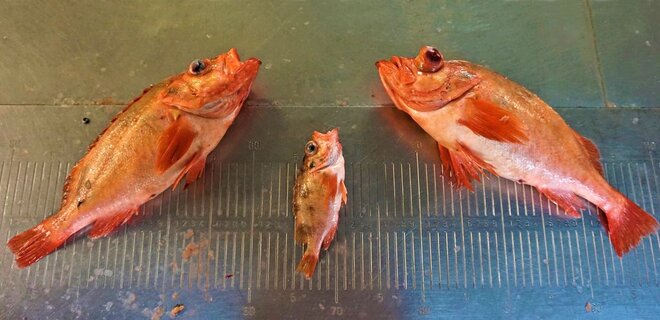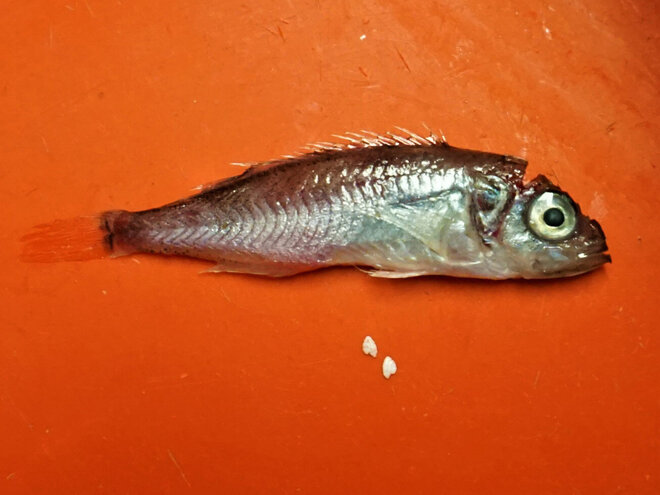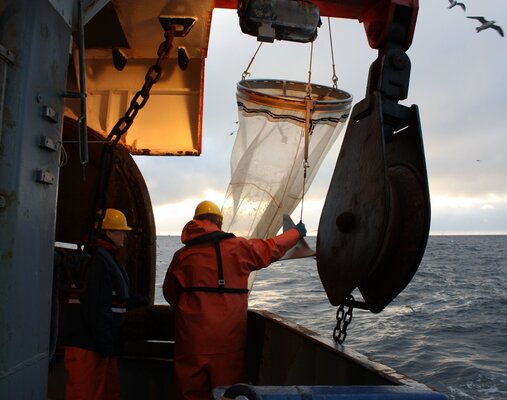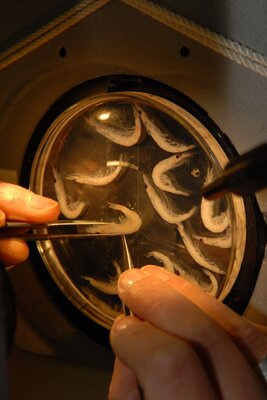Expedition to Greenlandic waters (GGS)
Stock assessment of demersal fish stocks and oceanographic / climatological surveys off Greenland (GGS)
The research programme of our Greenland expeditions includes fishery biological studies of cod and redfish stocks in East, West and South Greenland as well as other ecologically important demersal species. They serve as a basis for the development of improved management and exploitation strategies.
Background and objectives
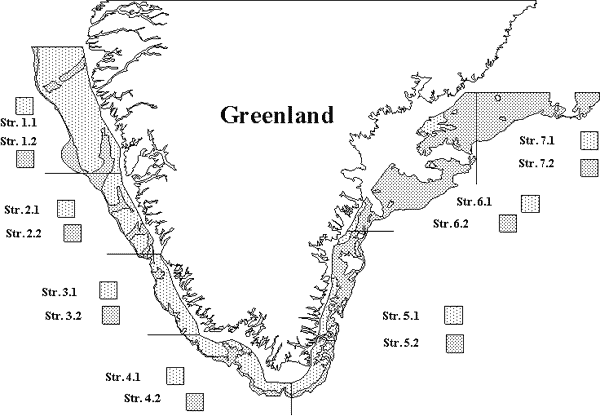
Since 1982, researchers from the Thünen Institute of Sea Fisheries have been collecting important data on the development of fish communities around Greenland with a standardised catch programme. Every year, for the "German Groundfish Survey", they sail with the fisheries research vessel to similar positions, so-called strata, to take their samples with a standardised bottom trawl.
The aim is to collect important data for stock assessments of cod, redfish and other demersal species off Greenland. In order to better cover the sampling area, Greenland is conducting a parallel summer survey with its own vessel and the data from both surveys are combined for the stock assessments.
We compile this fishery-independent data within the EU-Data Collection Programme (DCF) for cod and redfish stock assessments. Subsequently, this information is used within the International Council for the Exploration of the Sea (ICES) to calculate scientific catch quota recommendations.
Approach
Tasks during the survey:
- Investigating the dynamics of the cod stocks: Approximately 80 hauls are planned, half of which are distributed among the strata. The remaining hauls will be proportional to the mean historical abundance of cod in the strata.
- Data collection on caught cod, sampling of “ear stones” (otoliths), stomach content samples
- Studies on the dynamics of redfish stocks
- Studies on the demersal fish community
- Hydroacoustic measurements
- Oceanographic measurements
- Plankton surveys
The standardised sampling procedure is primarily used to collect biological data (length/weight/age/sex) for the target fish species Atlantic cod (Gadus morhua) and redfish (Sebastes mentella & Sebastes norvegicus), but also for all demersal species occurring in the area.
The nursery areas for cod are located in more northern areas of West Greenland, which are not covered by the survey. The nursery areas for redfish are largely unknown, but high incidences of juvenile S. mentella have been observed off East Greenland.
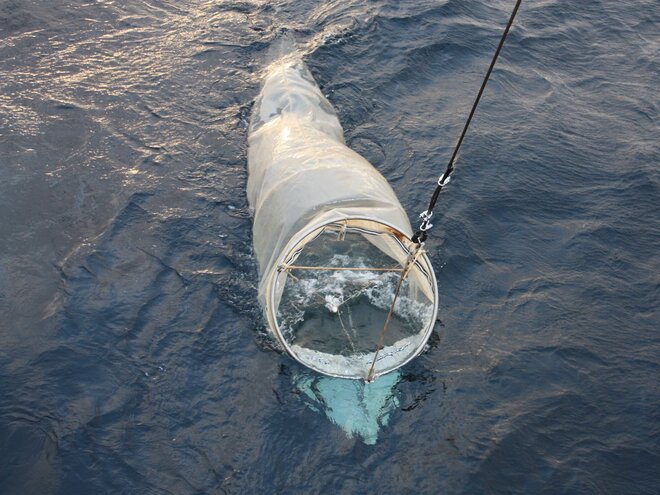
"Golden redfish or beaked redfish?"
"Polar burbot or Atlantic burbot?"
These are two everyday taxonomic questions in the fish laboratory during expeditions. When the crew pulls up the net from the depths of the Atlantic, the net bag contains not only easily identifiable species such as cod and white halibut, but sometimes fish that require a closer look from our team.
Although the focus of this research cruise is on the main commercial species such as cod and redfish, there is always a colourful mix of subpolar Atlantic fish on board. Of course, we need samples of the target species to recommend catch quotas - but why are all the other species that end up in the net important? Because they tell us how ecosystems are changing.
Climate change is affecting the distribution of fish species and the composition of fish communities. Many domestic species from waters such as the North Sea are migrating north as rising temperatures create new habitats. At the same time, the habitat of species adapted to cold, arctic conditions is shrinking. These areas are becoming smaller and smaller, and the so-called “Arctic specialists” have to retreat further and further into the remaining refuges. Fish species are therefore indicators of environmental conditions. This is why it is not only cod and redfish that are important to us, but also, for example, the sharp-tailed disc herring, which loves the cold waters of the Arctic.
The sampling area is divided into 14 strata in 7 regions. Each region is divided into a shallow and a deep stratum. 50% of the hauls are proportional to the size of the stratum and 50% proportional to the expected density of the target populations.
The quality of the data is regularly reviewed internally and in collaboration with the Greenland Institute of Natural Resources.
In the framework of the ICES Northwestern Working Group (NWWG), which deals with the estimation of biomass, abundance and fishing mortality of non-straddling fish stocks in the northwestern Northeast Atlantic, this information is used as a basis for the calculation of scientific fishing recommendations
Links & Downloads
- ICES Northwestern Working Group (NWWG)
- Sea Blogs - Blogs describing expeditions to the North Sea, the Baltic Sea and the Atlantic
Contact person

- Phone
- +49 471 94460 369
- karl-michael.werner@thuenen.de

![[Translate to English:] [Translate to English:]](/media/_processed_/7/1/csm_IMG_7977_large_1defaf5de1.jpg)


